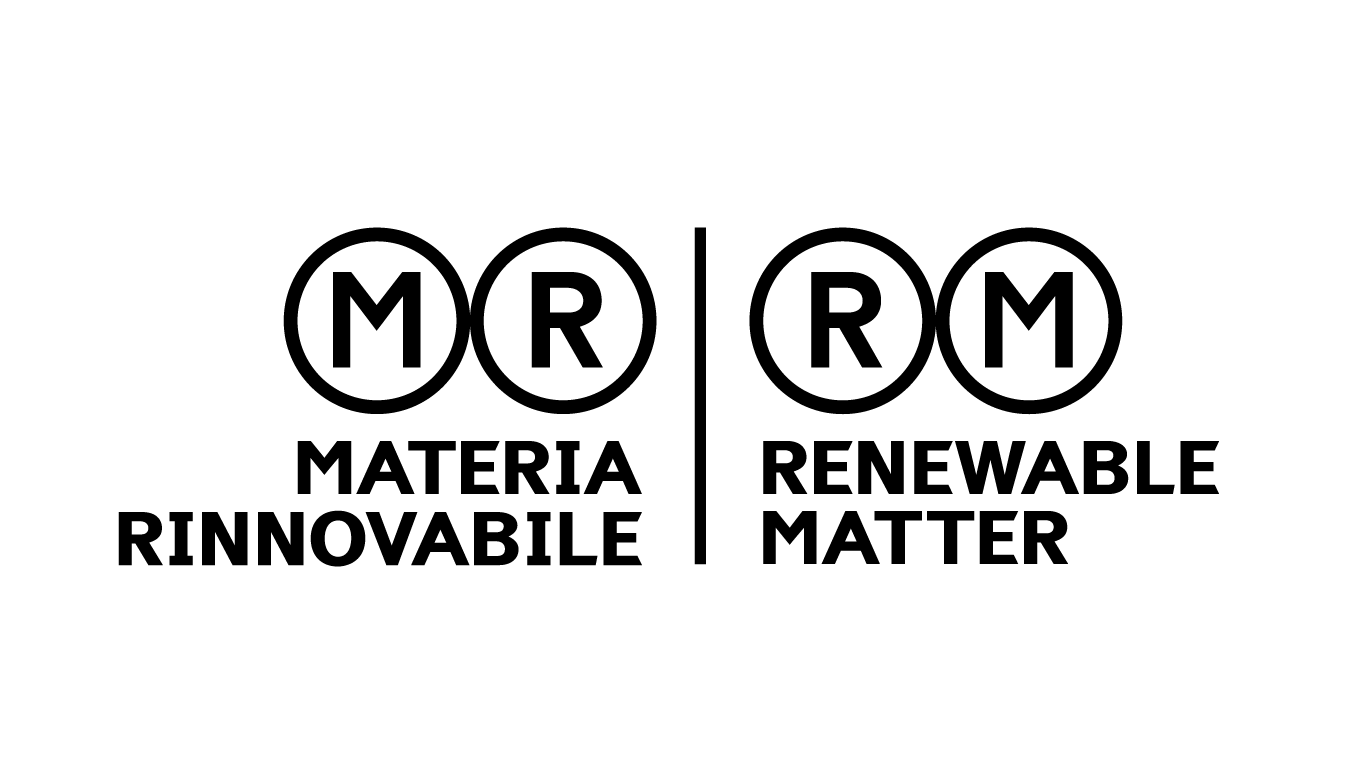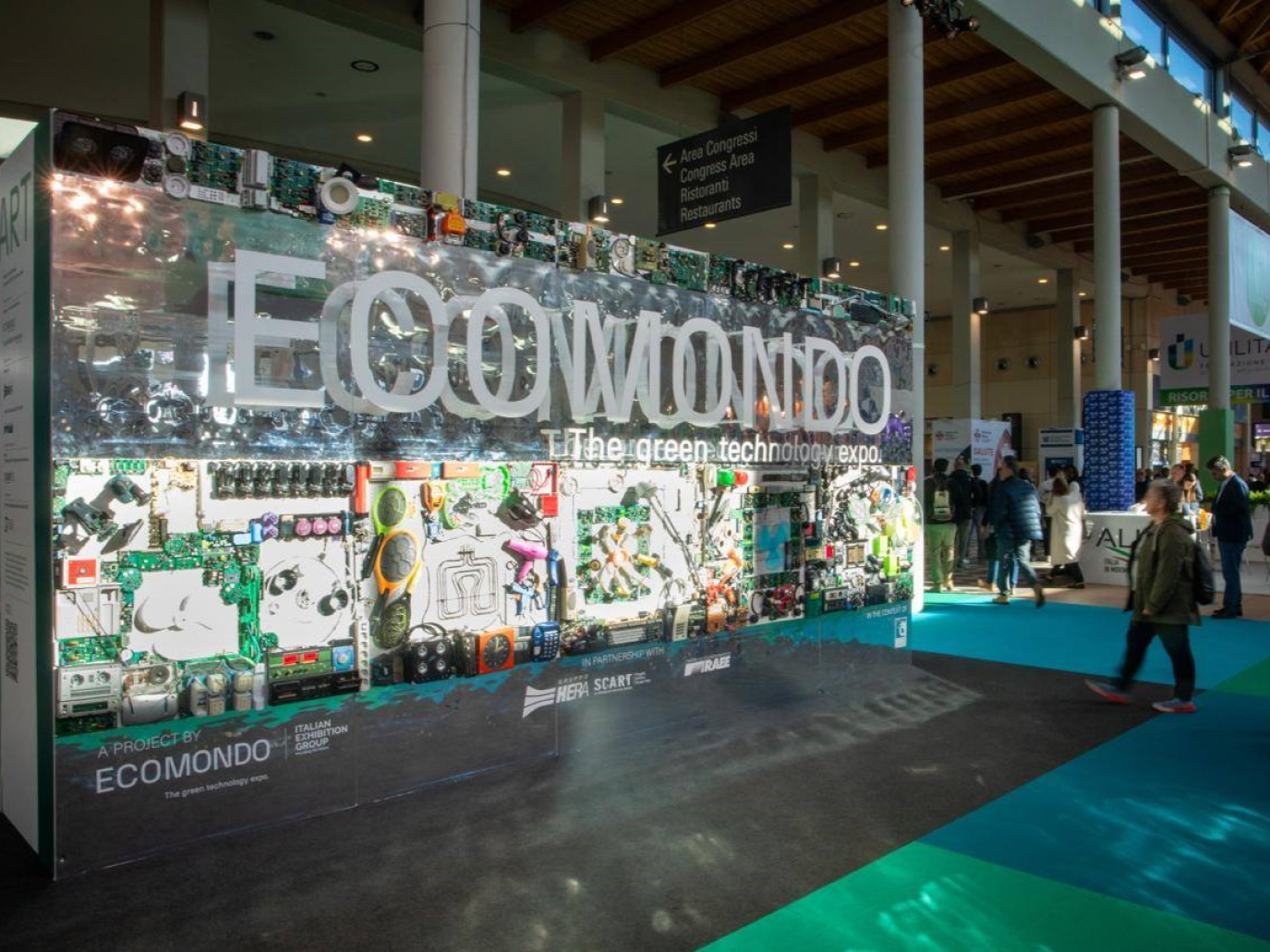
Of all the circular economy supply chains, wooden packaging is one of the most naturally suited to sustainability: wood is a biogenic material (i.e. a biomass that fixes carbon), biodegradable, does not release harmful substances and does not pollute the environment. Yet, its actual circularity is currently facing various regulatory and systemic challenges that can only be resolved through constructive dialogue between all stakeholders in the supply chain, including producers, consumers, and institutions.
This debate was the focus of the conference held by Assoimballaggi of FederlegnoArredo at Ecomondo, Italy's most significant sustainability fair, currently underway until 7 November in Rimini.
A year of changes
‘2025 marks a crucial moment for the wooden packaging supply chain,’ begins Andrea Gava, president of Assoimballaggi. ‘It is a time of great change, with new regulations coming onto the European scene: the EUDR (European Union Deforestation Regulation), the EPR and, of course, the PPWR, the Packaging Waste Regulation, currently under review in Brussels and set to come into effect in the summer of 2026. Therefore, we need to imagine new scenarios for our industry in order to turn these changes into opportunities.’
As Gennaro Buonauro, manager of Assoimballaggi, also pointed out, the new European requirements must acknowledge the specific nature of a supply chain that already operates according to a well-established circular model, turning discarded packaging into raw material for the production of furniture panels. For this reason, it is essential to have a discussion that highlights the potential and critical issues of the upcoming regulations.
Strengths
As for potential, we must certainly start with the nature of wood, which, as Giacomo Goli of the University of Florence pointed out, is a biogenic material, capable of fixing carbon with a clearly positive balance compared to that emitted during production. An inherent advantage which, as demonstrated by the LCA studies conducted by Goli and his team, may be spent as credit in terms of sustainability and product reputation.
As far as circularity is concerned, we must not forget that wooden packaging is already part of the Italian system: an “all-in” model, explained Amanda Fuso Nerini of CONAI, combining practically all recyclable materials and constituting, in terms of effectiveness and organisation, a virtuous example that the whole of Europe looks to.
Weaknesses: compostability and reusability
Critical issues that the new regulations will present for the wooden packaging supply chain essentially concern two topics: compostability and reusability. On the first point, Assoimballaggi has called on the Italian Composting Consortium (CIC) for help, with which it has been collaborating for several years to analyse and define the compostability criteria for wooden products.
“The starting point is the UNI EU 13432 standard, which sets out the requirements for defining a product as compostable,” explained Jenny Campagnol of CIC. Among the most important characteristics is, of course, the absence of materials that could cause the product to be ecotoxic during biodegradation or compromise the quality of the compost. “Regarding these points, we have conducted several studies and analyses on wood and cork packaging, such as fruit and vegetable crates and wine corks, and have not found any criticalities.”
The only thing preventing wood and cork packaging from being considered fully compostable is actually the timescale for biodegradation. According to Standard 13.432, materials should “disintegrate” in no more than 84 days. But this, Campagnol notes, “is impossible for a pallet or a whole wooden crate, just as it would be for a tree branch”.
So, how can we solve an issue that seems more like a bureaucratic quibble? Campagnol proposes three solutions to overcome the impasse: allow the packaging to be shredded before composting; implement dedicated collection so that it can be incorporated into the organic waste chain; recognise its compatibility by virtue of non-toxicity and all its similarities with other organic materials.
The issue of reusability was addressed by Paolo Pipere, legal advisor on sustainability issues, who analysed the PPWR in detail on this issue. “The regulation requires that packaging is placed in a system that guarantees its effective reusability,” Pipere explained. “This is to avoid, as has happened in the past with plastic, for example, that the target is simply circumvented by writing the adjective reusable on the product.” There will also be a series of other requirements to be met, such as product design with a view to reuse, a minimum number of guaranteed cycles (still to be defined), compliance with safety and hygiene criteria, and suitability for reconditioning or regeneration.
Beyond the individual standards to be discussed and improved, what emerged once again from the Assoimballaggi conference is the need to work together. As Claudio Feltrin, president of FederlegnoArredo, also pointed out when introducing the consortium's participation in Ecomondo 2025, “sustainability is a joint endeavour built together with Italian and European businesses and institutions, with consistency and vision.”
Cover: photo Federlegno



